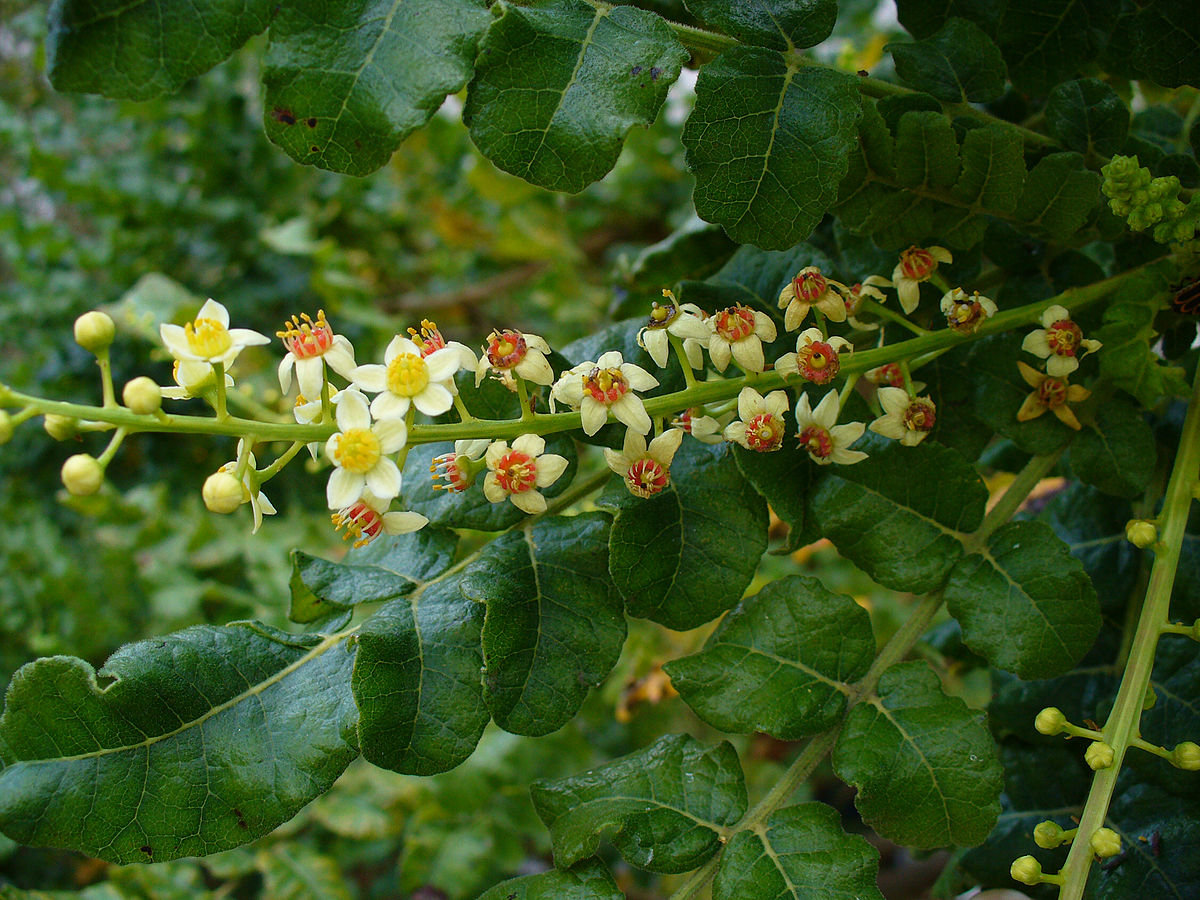goingrey
Well-known member
Pontifical incense blend has frankincense, myrrh, and styrax benzoin.Myrrah is the encens used in Catholic Churches traditionally.
Catholic church is the biggest buyer of frankincense...
Pontifical incense blend has frankincense, myrrh, and styrax benzoin.Myrrah is the encens used in Catholic Churches traditionally.
When I was an altar boy a long time ago, it was pure myrrh who was used in the church but it's possible it became more and more expensive so they use a mix now.Pontifical incense blend has frankincense, myrrh, and styrax benzoin.
Catholic church is the biggest buyer of frankincense...
Frankincense is very expensive also, about the same price...When I was an altar boy a long time ago, it was pure myrrh who was used in the church but it's possible it became more and more expensive so they use a mix now.
Thank you that's what I was looking for, so frankincense refers to oliban, the Somalian incense.Olibanum aka frankincense has a sharp piney-lemony scent close to rosemary when burned..
What plant exactly frankincense come from? When I try to translate in my own langage it's just a term used to describe all incenses and one time it refers to oilban so I'm a bit confused about its real nature;

Probably, yeahso Piff is just NL5xHz ?